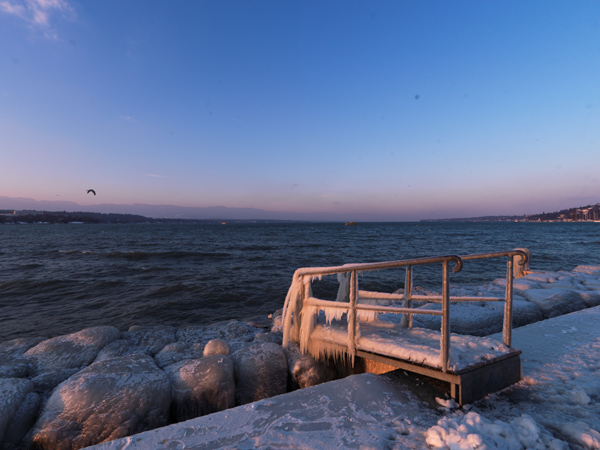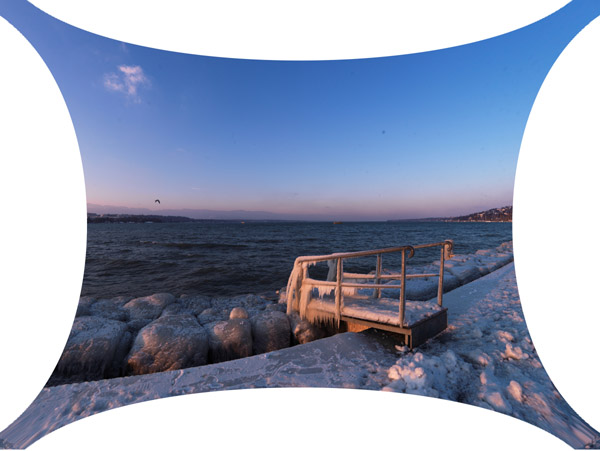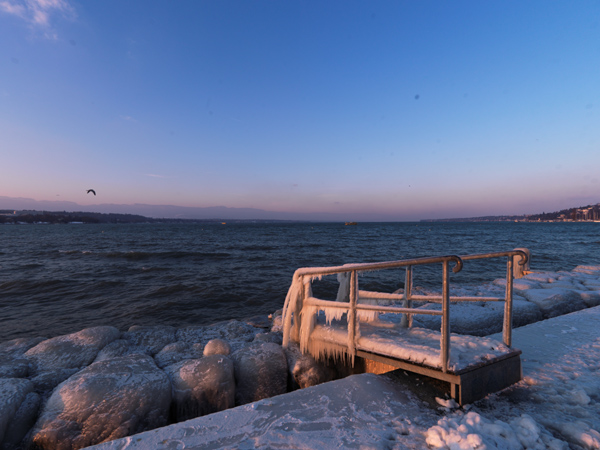blowupster
Member
No fish-eye in my home, Let your toys outside!
Well I don't like fish-eyes. But I needed wide angle…a real wide angle.
I was happy with my old CF 65mm dusring my forst 15 years with Hasselblad, now with the CFV-39 on 36x48mm It's too long.
My wider lens was a distagon 50mm /2.8; not bad but even a 40mm is too long to get confortable.
The 40mm is really heavy, expensive (the IF version), and I noticed that the 30mm has very good FTM curves. The Biogon 38mm should be a good way too, but this old lens is not as good for today standard and focusing without telemetric or reflex help is not my way.
Anyway, just my actual experience is worth my writing today. So I jumped and got a Distagon C 30mm/3.5. The diagonal angle cover 180° on 56x56mm area and the distortion reach …100% (25% on the side at 48mm), well a fish-eye to get toy pictures.
Digital helps where optics reach the limit. In this case the Phocus software used to convert digital raw file produced by CFV digital back, allow correcting distortion.
http://www.hasselbladhistorical.eu/pdf/LDS/C30.pdf
FTM curves: In the center, the lever is very height (85) and in the corner of the 36x48mm the sagital very height too (80) but tangential the drop at good level (45) for a wide angle.
That mean strange restitution for structured ithem, but very impressive for no structured. Well take the 40mm IF curves and the discover that they are not better in the center nor in the corner but more linear between.
About vigneting: the fish-eye is almost free of this at 8.
Using Phocus is really easy, just selecting the lens and it does all free of effort.
My few test are positive, the result is clean and the quality seams to be far enough for my use. I was surprised about the fact the most of time I had the sun on the screen with 180° it may arrive but no visible flare.
Surprised too by the close focusing: Focusing limit is 30cm from the film position, that means that the subject almost touch the front lens
Well, here few bad points:
The picture was taken this cold days (-10°) along the lake of Geneva. Just after the shot I received some water from the wild waves, witch became ice …on the front lens.
Without modification:

Correction with Phocus:

Rapid test with PS

Bigger pictures (if you click on them!) and text in French here:
Well I don't like fish-eyes. But I needed wide angle…a real wide angle.
I was happy with my old CF 65mm dusring my forst 15 years with Hasselblad, now with the CFV-39 on 36x48mm It's too long.
My wider lens was a distagon 50mm /2.8; not bad but even a 40mm is too long to get confortable.
The 40mm is really heavy, expensive (the IF version), and I noticed that the 30mm has very good FTM curves. The Biogon 38mm should be a good way too, but this old lens is not as good for today standard and focusing without telemetric or reflex help is not my way.
Anyway, just my actual experience is worth my writing today. So I jumped and got a Distagon C 30mm/3.5. The diagonal angle cover 180° on 56x56mm area and the distortion reach …100% (25% on the side at 48mm), well a fish-eye to get toy pictures.
Digital helps where optics reach the limit. In this case the Phocus software used to convert digital raw file produced by CFV digital back, allow correcting distortion.
http://www.hasselbladhistorical.eu/pdf/LDS/C30.pdf
FTM curves: In the center, the lever is very height (85) and in the corner of the 36x48mm the sagital very height too (80) but tangential the drop at good level (45) for a wide angle.
That mean strange restitution for structured ithem, but very impressive for no structured. Well take the 40mm IF curves and the discover that they are not better in the center nor in the corner but more linear between.
About vigneting: the fish-eye is almost free of this at 8.
Using Phocus is really easy, just selecting the lens and it does all free of effort.
My few test are positive, the result is clean and the quality seams to be far enough for my use. I was surprised about the fact the most of time I had the sun on the screen with 180° it may arrive but no visible flare.
Surprised too by the close focusing: Focusing limit is 30cm from the film position, that means that the subject almost touch the front lens
Well, here few bad points:
- The lens is heavy and not given for a song even for the old (C) one a got (I should have preferred a CF lens !).
- Not so easy to use outside because the wide front lens is exposed.
- Such wide lenses need some practical to get no trivial pictures.
- Even for a fish-eye used at 8, the DOF is not big, focusing correct is necessary.
- As Phocus kill the distortion, it cut part of the corners, and the screen of the CFV will not help as it's cut later on the PC.
- To correct 25% of distortion it may cost in effective resolution. For my goal it's not visible anyway.
- If developers of phocus read this line: Why not an option to keep 100% of the initial pixels (not cut the corners) even if the final result is not a rectangular picture?
The picture was taken this cold days (-10°) along the lake of Geneva. Just after the shot I received some water from the wild waves, witch became ice …on the front lens.
Without modification:

- Hasselblad - Hasselblad CFV-39
Correction with Phocus:

- Hasselblad - Hasselblad CFV-39
Rapid test with PS

- Hasselblad - Hasselblad CFV-39
Bigger pictures (if you click on them!) and text in French here:

